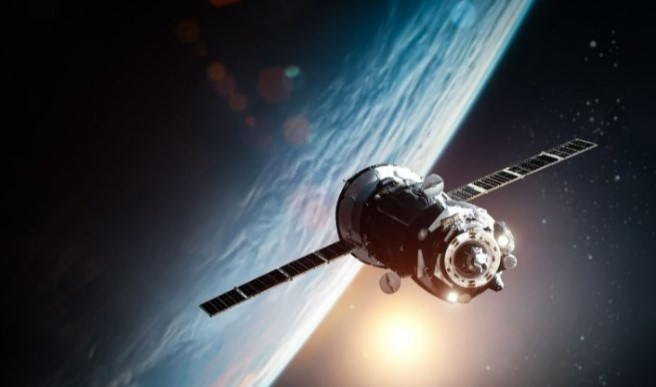By the end of 2050, the world’s population is expected to grow by two billion. While it can be seen as a good thing in terms of the labour force, we need to find a way to feed the extra people. Small farm owners produce a huge portion of the world’s food and will need up to $180 billion in working capital and loans to continue feeding the world. Interestingly, these small farm owners make up about 31% of the world’s population who have no financial records in banks, making it almost impossible for them to get support from financial institutions.
In the past decade or so, high-resolution satellite data has been made readily available for commercial and private use. Using this data, experts can monitor changes in our environment, infrastructure, and ecosystems which gives profound insights into the economic and demographic state of the planet. Affordable advanced tools have made it easy to use predictive analysis together with machine learning and AI to leverage data for better business decisions. It helps farmers interpret satellite images of their fields in record time and implement the necessary processes to achieve good crop yields.
This data from satellites is not only helpful to farmers. Financial institutions can also use this data to access the performance of crops and assess the value of fields remotely. It would help them assess risks to be able to give loans to small farmers.
Assessing risks accurately is one of the biggest challenges banks face when loaning to smallholding farmers. They need to know if the agribusiness or small farm owner will be able to repay the loan. So, the banks need to review all the necessary documents and understand the farmland’s yielding ability.
To verify and check information on documents provided by farmers, banks need to send field agents physically to the farms. This process can be resource-intensive in terms of time and labour. However, with satellite images and other remote sensing technologies, this task can be done remotely. Using crop monitoring platforms, financial institutions have easy access to historical farm data, vegetation indices, farm productivity, etc. It will give them the confidence to work with the farmers. It is a win-win situation, reducing costs at both ends.
What issues do banks face in working with data?
Some of the main challenges that banks have to go through can be broken down into:
Alternative credit scoring - people with low income living in rural areas typically do not have good credit, making it difficult for banks to assess their worth and provide them with loans. However, that problem can be fixed simply with satellite images. They provide banks with historical data on farmlands, which can be used by banks to assess the worth of the farmer.
Lack of transparency - some clients are capable of providing fake or false documents of their profit and yields just to get loans from banks.
Not enough data to make a proper assessment - Banks can’t only review documents to assess the worth of small farm owners. They need to send scouts to check out the farms, which can be time-consuming, costly, and labour-intensive.
Need for modern technologies for risk analysis - conventional means of risk assessment need to be replaced with digital ways to keep up with constant changes in the financial industry.
Revenue forecasting - Food insecurity is common in lots of developing countries that are largely dependent on rainfall farming for food. Climate change has put them more at risk with the constant threat of droughts and floods, which often lead to decreased crop yields. However, using remote sensing, experts can get accurate estimates of crop yields, which will buy governments time to react and address food shortages. These estimates can also be used by banks to know if farms will be yielding enough to pay back loans.
As banks continue to integrate satellite and remote sensing technologies into their workflow, owners of small farming businesses will have the possibility to get financial aid. It will give banks the confidence to work with this demographic.












